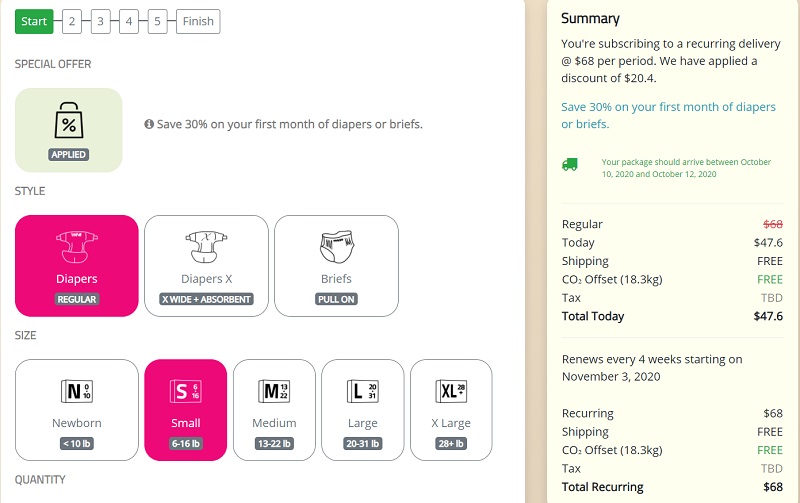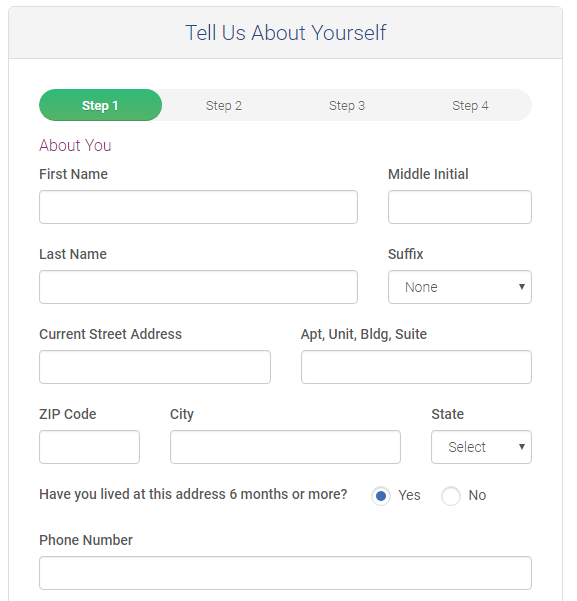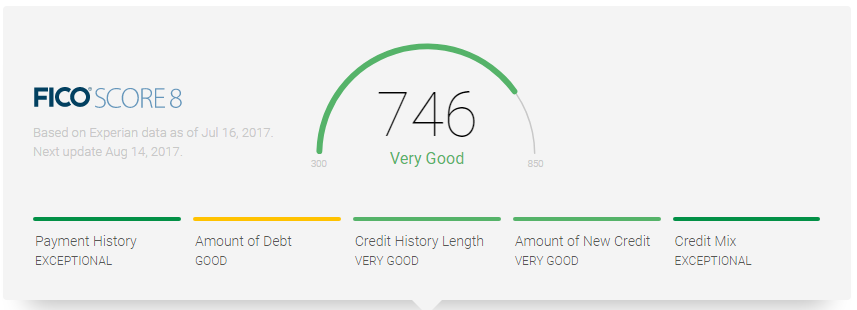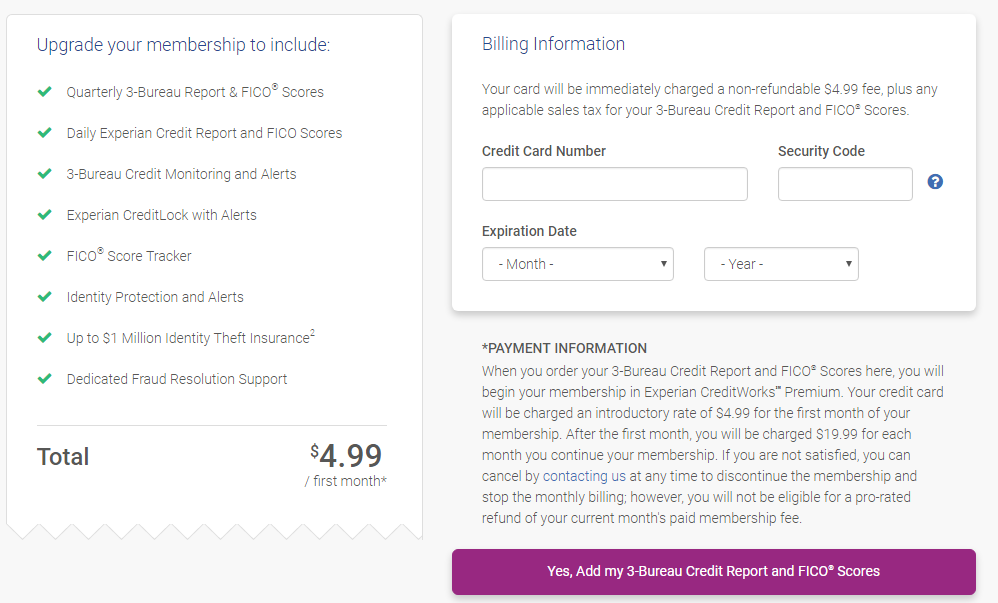My kids, ages 8 and 5, had seen the ad for Pop the Pig
by Goliath at least a half dozen times before Christmas. Thinking that it would be an entertaining family game for the four of us, I picked it up at Amazon for less than $20.00. There were several options, but I chose the upgraded Goliath version, which the manufacturer asserts is new and improved. The kids were excited to play it and as we opened up the baggie of little plastic hamburgers, we all exclaimed, “Awwww!” because they were so cute. We were off to a good start. I consulted the directions to make sure we were setting things up correctly and we began a game. [Read more…]

Shatel Huntley has a Bachelor’s degree in Criminal Justice from Georgia State University. In her spare time, she works with special needs adults and travels the world. Her interests include traveling to off-the-beaten-path destinations, shopping, couponing, and saving.








 The
The 



 When I was pregnant with my first child, every day held excitement about the future. But I couldn’t quite shake the weight I felt on my shoulders when I thought about returning to work six weeks after her birth. I wanted so desperately to stay home, but simply couldn’t imagine how to afford being a stay-at-home mom.
When I was pregnant with my first child, every day held excitement about the future. But I couldn’t quite shake the weight I felt on my shoulders when I thought about returning to work six weeks after her birth. I wanted so desperately to stay home, but simply couldn’t imagine how to afford being a stay-at-home mom. 
